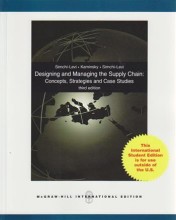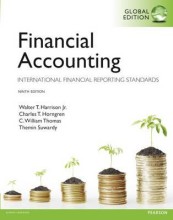Inventory Management and Risk Pooling - Risk pooling
5 important questions on Inventory Management and Risk Pooling - Risk pooling
What is risk pooling?
What is the coefficient of variation? And how do we calculate it?
Explain the link between risk pooling and centralizing inventory.
- Higher grades + faster learning
- Never study anything twice
- 100% sure, 100% understanding
Explain the link between risk pooling and a high coefficient of variation.
Explain the link between risk pooling and behavior of demand.
The question on the page originate from the summary of the following study material:
- A unique study and practice tool
- Never study anything twice again
- Get the grades you hope for
- 100% sure, 100% understanding
































